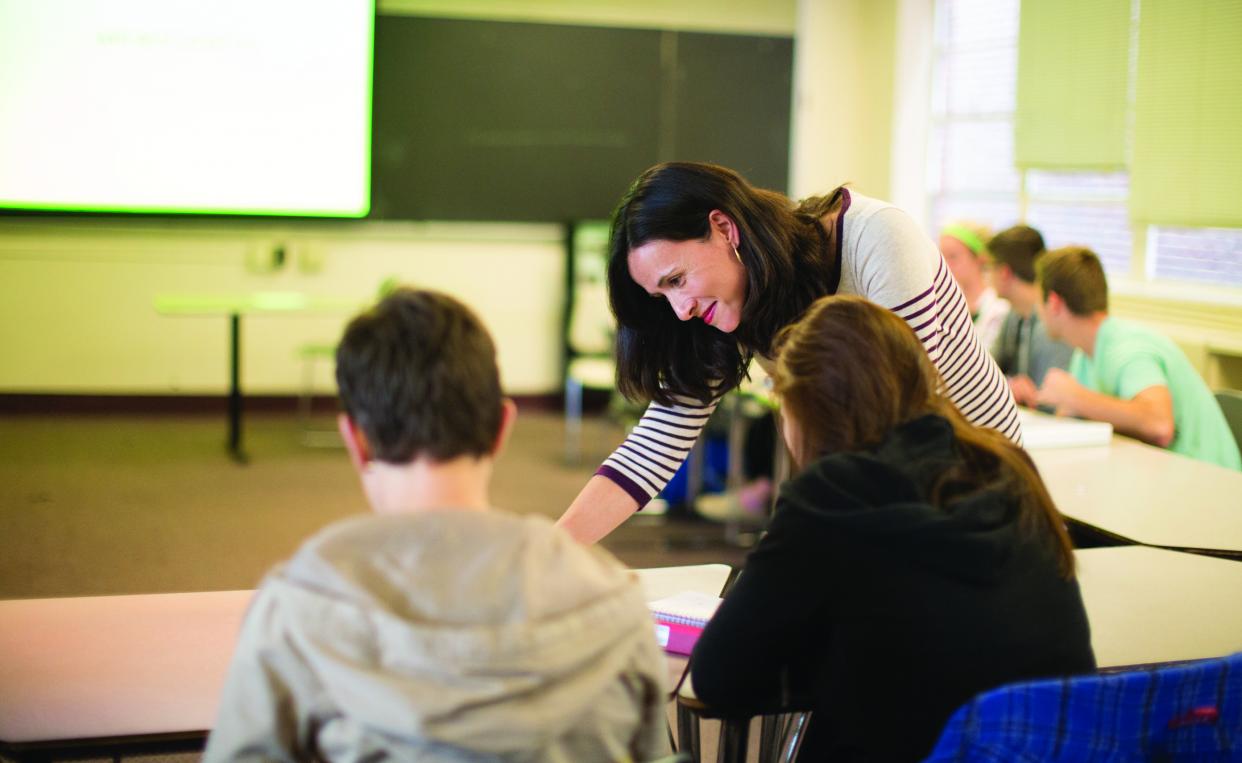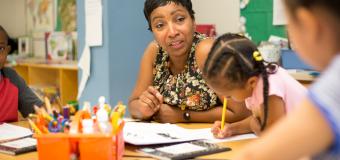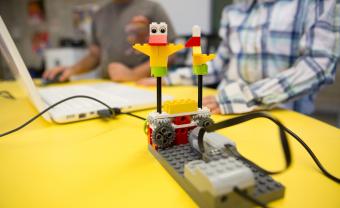One of the most exciting advancements in the modern classroom is flipped learning. It hinges on the idea that students learn more effectively by using class time for small group activities and individual attention. Teachers then assign students lecture materials and presentations to be viewed at home or outside of the classroom day, prioritizing active learning.
According to Kari M. Arfstrom, cofounder of the Flipped Learning Network, flipped learning is all about creating opportunities for active engagement. It’s “a pedagogical approach in which direct instruction moves from the group learning space to the individual learning space, and the resulting group space is transformed into a dynamic, interactive learning environment where the educator guides students as they apply concepts and engage creatively in the subject matter,” she explains.
The flipped learning approach is gaining traction every year. According to a 2014 survey from the Flipped Learning Network, 78 percent of teachers said they had flipped a lesson, and 96 percent of those who tried it said they would recommend it to other educators. This indicates that flipped learning inspires teachers to update traditional methods and bring new technology into their classrooms through the use of video, screencasts, and more.
But what exactly does this mean for classroom teachers? First, they are able to spend more time with struggling students while allowing more advanced learners the freedom to work ahead. It’s large-scale differentiated instruction, built into the curriculum at every opportunity.



